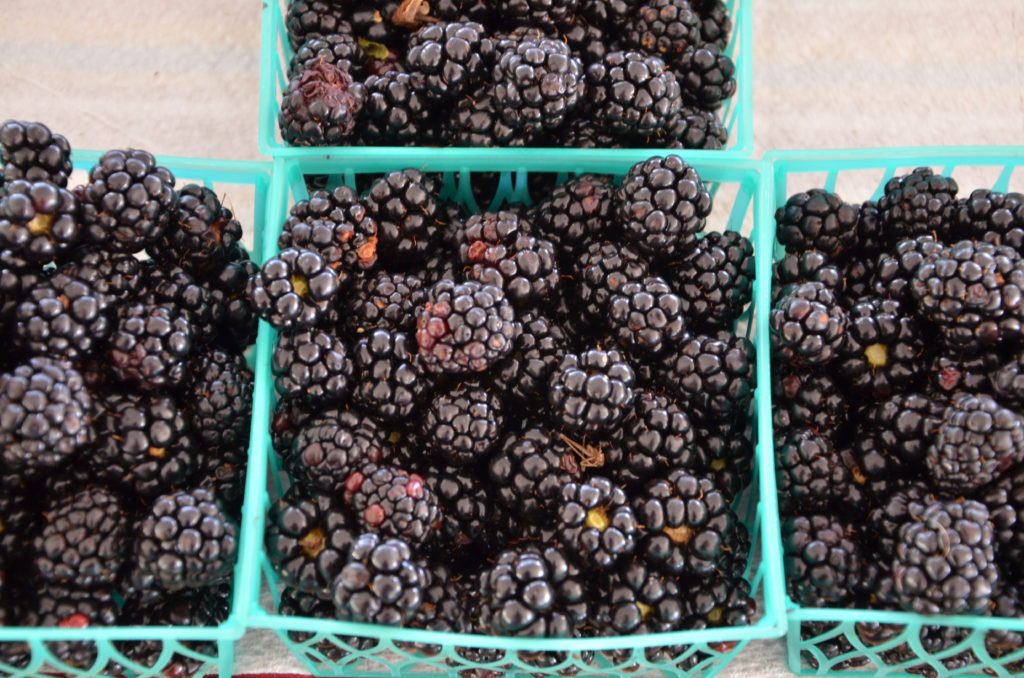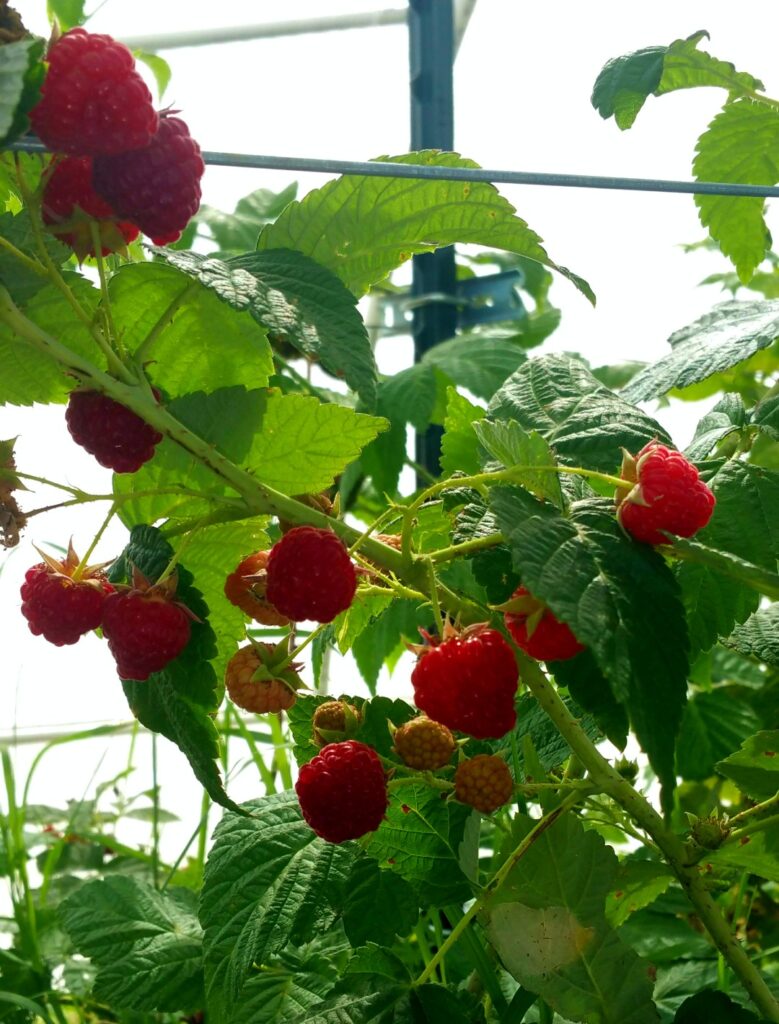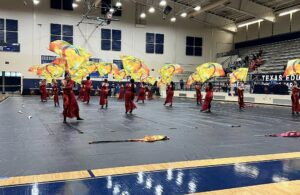- La Feria Community Holds Succesful Business Mixer Event
- Little Nashville to Take Place in Downtown Mercedes
- Lions Basketball Captures District Gold
- La Feria ISD Students Compete in Regional Chess Tournament
- Lions End First Half of 32-4A on a High Note
- La Feria ISD Held Another Successful Parent Conference
- Strong Appearance for Lions at Hidalgo Power Meet
- LFECHS Students Get to Meet Local Actress
- Students Participate in Marine Biology Camp
- Two LFECHS Students Qualify for All-State Band
Blackberries, Blueberries, Other Fruits Contribute To Texas Agriculture
- Updated: June 22, 2024

By Paul Schattenberg
While Texas is famous for its Ruby Red grapefruit and is the nation’s top producer of watermelons, some well-known but lesser-grown fruits like blackberries, blueberries and raspberries are finding their place in its fields, orchards and gardens.
“The lesser-known fruit crop with the most acres and most continued growth in the state would be blackberries,” said Larry Stein, Ph.D., Texas A&M AgriLife Extension Service horticulturist based in Uvalde. “New Arkansas varieties of blackberries have been performing well and this year is no exception. And the new Arkansas varieties can be grown pretty much throughout the state.”
Brazos, Rosborough and Kiowa blackberries are also grown in the state.
Blueberries are another popular fruit for growers, but Stein said blueberry production is “mainly an East Texas thing.” They can, however, do well in other areas with more acidic soils, as long as drainage is good.
According to AgriLife Extension horticulturists, the best blueberry for Texas is the rabbiteye blueberry. This variety, which produces deep blue, medium-sized berries, is grown commercially in East Texas, where the humid woodland environment is conducive to its growth.
A single rabbiteye blueberry plant can produce 15 pounds of berries per year, and the variety has grown in popularity due to its high concentration of antioxidants in the berry.
Growing at home growing in popularity
Many smaller fruit-producing farms in the state are “pick-your-own” operations or sell direct to consumers via stands or farmers markets.
Greg Grant, AgriLife Extension horticulture agent for Smith County, said in addition to consumer interest in pick-your-own operations and farmers markets, there has also been increasing interest in growing fruit at home.
“A lot of this started when COVID hit and from the growing interest by consumers to have more control over what they consume and to know where their food comes from,” he said.

Other fruits and their growing prospects
Texas weather can be tough on many fruit varieties because of disease, drought, too little chill hours and extreme summer heat, Grant said.
Grant receives inquiries from people from northern climates who are looking to grow apples, cherries and other fruits that require higher chill hours and have a low chance of survival in most areas of the state.
While stone fruits like peaches, plums and nectarines may fare well in the hot Texas climate, many of them live relatively short lives because of insect and disease pressure.
Fig trees, however, perform well in many parts of the state.
“Figs seem to be a regional thing, with the majority grown in Southwest and Central Texas, though some are grown in other parts of the state,” Stein said. “The fig trees that were planted in the Hill Country and Winter Garden areas came through the cold quite well this past year.”
Jim Kamas, AgriLife Extension fruit specialist in the Texas A&M Department of Horticultural Sciences based in Fredericksburg, said there are two small fig operations in the Texas Hill Country.
A new take on extended production
Jacy Lewis, AgriLife Extension program manager in the Department of Horticultural Sciences based in Fredericksburg, is helping increase the understanding of how different fruit varieties perform in the Texas climate. She is also developing production strategies to increase profitability and address climate-related obstacles.
“AgriLife Extension has begun a program to help producers navigate Texas’ conditions for other options by employing alternative production methods,” she said. “With a focus on sustainability under current climate and conditions in Texas, one of the more promising candidates for protected cultivation is raspberries.”
Lewis said this alternative production strategy will help growers have raspberry harvests at times when many fruit growers have completed the harvest of traditional hot-climate fruit. She said while various impermeable plastic coverings for protection from cold, frost and extending the growing season have been utilized by Texas food producers for decades, the use of shade fabrics for microclimate manipulation has been an underexplored technology.
“This approach allows a degree of control over important production parameters such as temperature, humidity, light and pest pressure that cannot be achieved in open field production,” she said. “There is the added benefit of protection from damaging effects of high winds, hail, frost and pests.”
Lewis said this will allow growers increased revenue from the ability to produce a complementary crop that extends their season into an underutilized market window.
“In our climate, plants will continue to produce fruit until the first hard freeze with no need for additional protection from frost,” she explained.
Sha said over the long growing season of many regions of the state, producers of traditional hot-climate fruit crops could benefit from raspberry production as a much-needed addition by taking specialty crop production into the fall.





